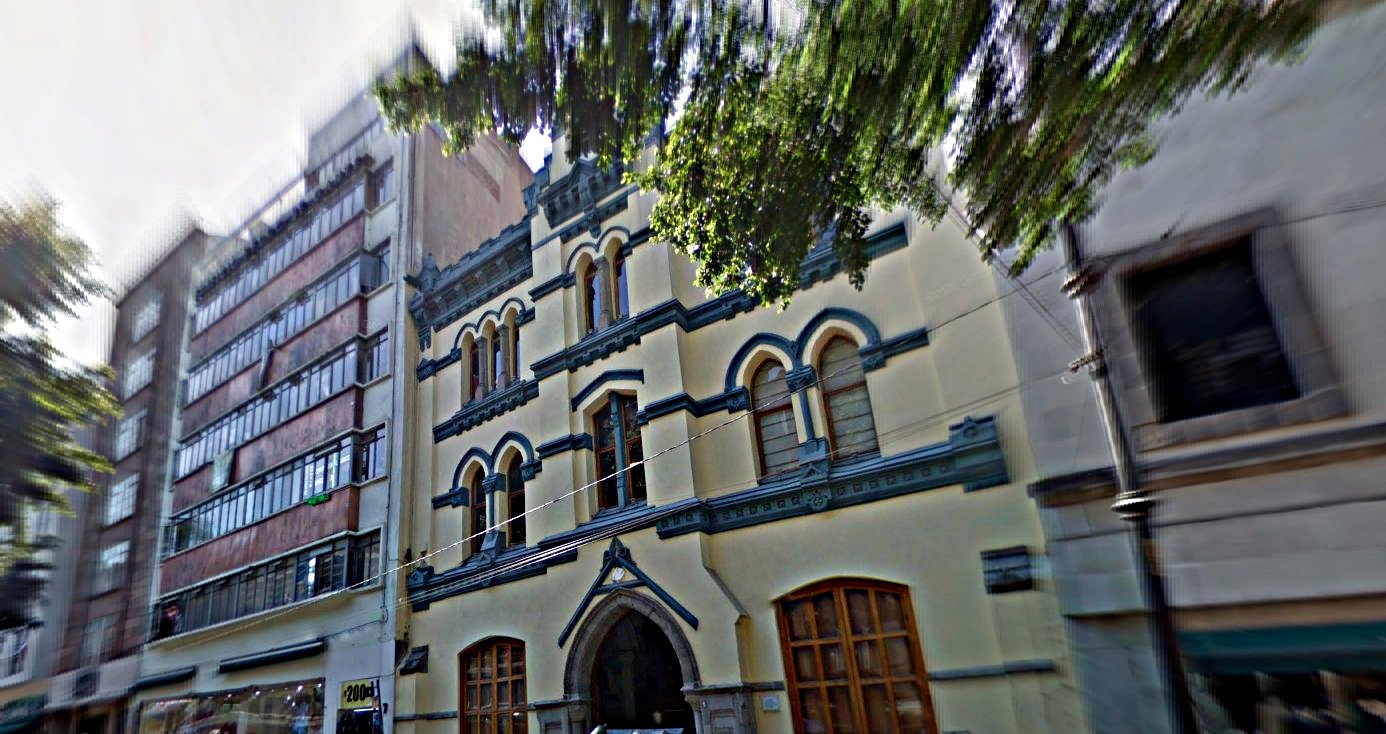
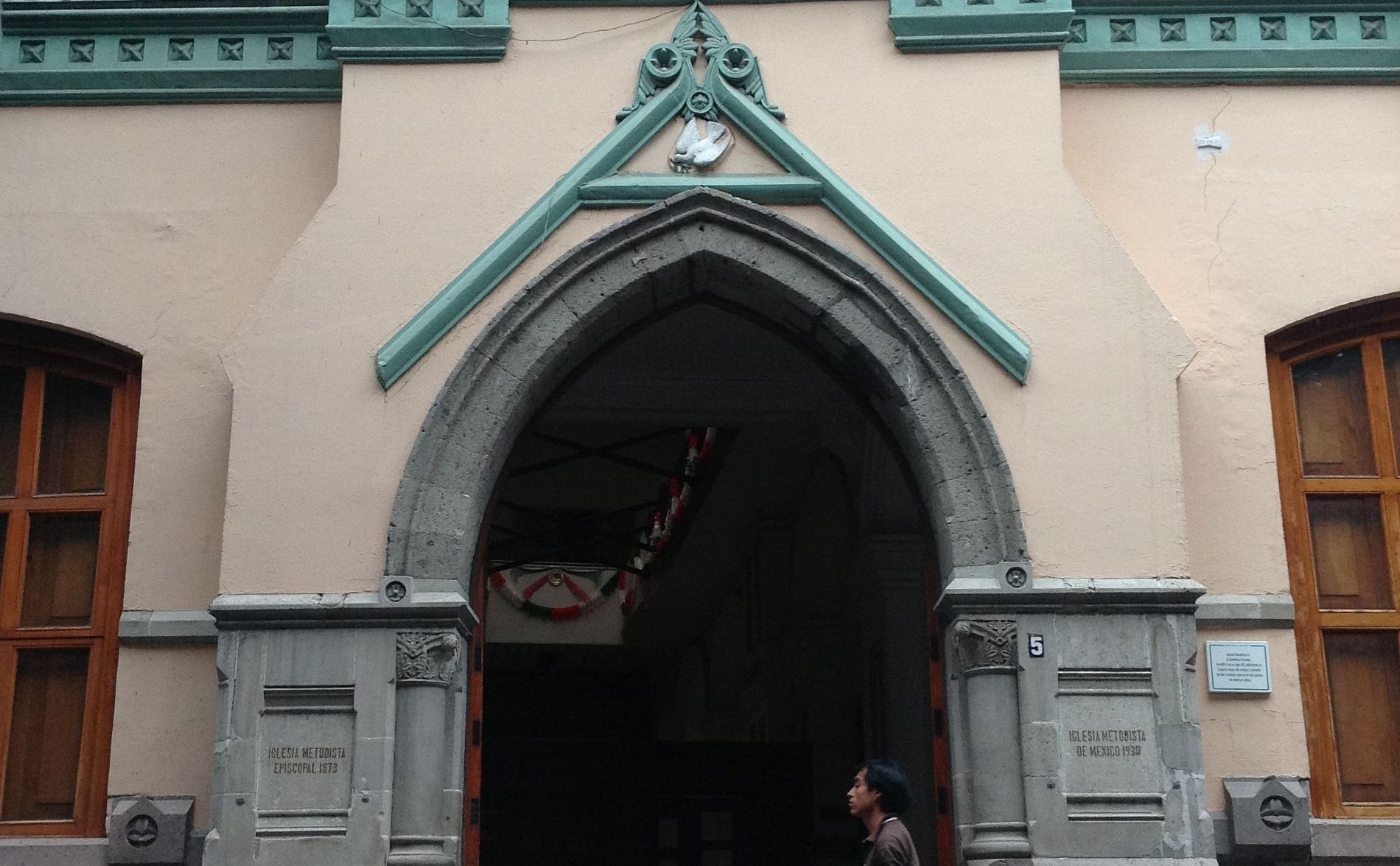
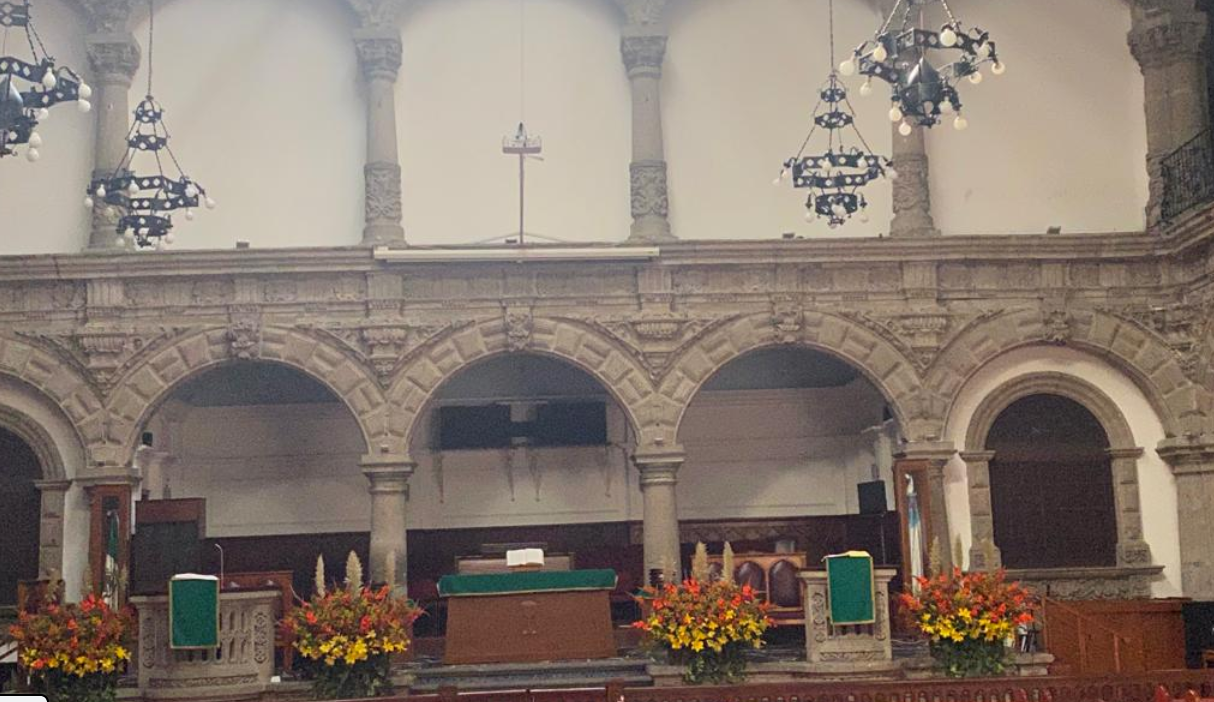
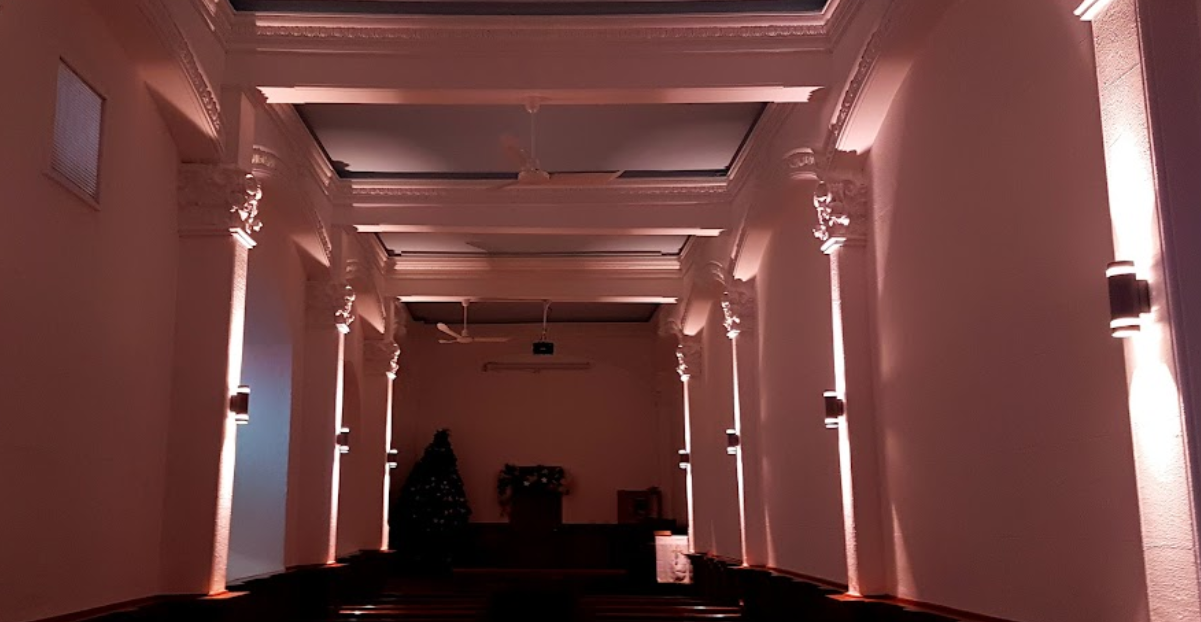
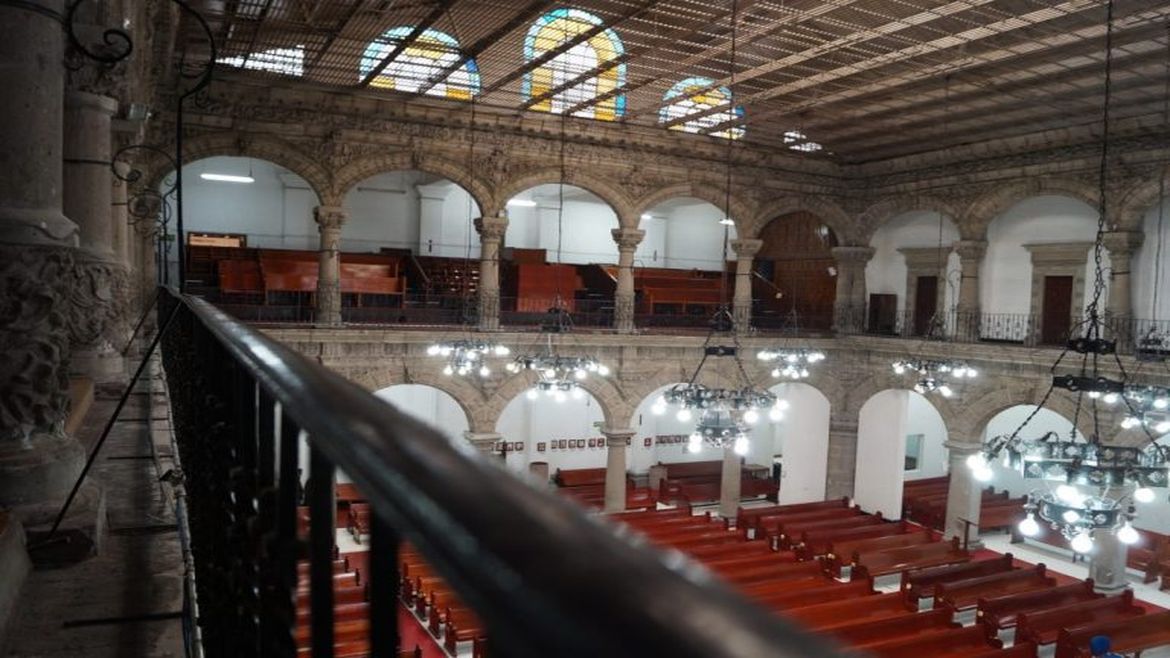

La Iglesia Metodista de la Santísima Trinidad se llama más comúnmente Templo Metodista de la Santísima Trinidad. La iglesia ocupa el antiguo claustro del monasterio franciscano que está a la vuelta de la esquina. Es la antiquísima Iglesia y Monasterio de San Francisco. Se fundó en 1524 sobre las ruinas de la antigua Tenochtitlan.
Los doce franciscanos dirigidos por Fray Martín de Valencia llegaron ese año con el mandato de establecer la Iglesia en México. Se les unió Pedro de Gante, que había llegado un año antes. El monasterio fue costeado por Hernán Cortés y se construyó sobre la «casa de las fieras» del emperador Moctezuma, una especie de zoo o colección de animales domésticos que se mantuvo durante los últimos años del Imperio azteca.
Aquí se iniciaron varios edificios que luego sufrieron daños o fueron destruidos. El interior del gran claustro que vemos hoy, utilizado como iglesia metodista, data de 1649, cuando lo reconstruyó fray Buenaventura de Salinas. En aquella época, el monasterio contaba con nueve dormitorios y trescientas celdas para dormir distribuidas en dos claustros. Los frailes disponían de dos comedores con capacidad para unos 500 comensales. Y el Monasterio siguió siendo una poderosa sede de control social y gubernamental para toda la Nueva España durante todo el periodo colonial.
En 1701, un cantero llamado Antonio de Rojas amplió el claustro y añadió los pisos superiores con las mismas columnas, arcos y piedras que los inferiores. El arquitecto Pedro de Arrieta construyó la escalera principal del Monasterio a principios del siglo XVIII. También hay otras escaleras.
Con la reforma de mediados del siglo XIX, el monasterio se dividió. El «gran claustro» y la sacristía, pasaron a ser propiedad privada. En 1866, el célebre director de circo Giuseppe Chiarini alquiló el claustro para sus espectáculos. Había sido invitado a México desde Italia por Maximiliano I. Durante ese tiempo, Chiarini abrió la puerta de la calle de Gante, inmediatamente al este del antiguo claustro. La Iglesia Metodista utilizaría más tarde esta entrada para su nueva iglesia.
El propietario de entonces, James Sullivan, vendió la propiedad a la Iglesia Metodista Episcopal de Nueva York (es decir, la del Norte) en 1873. Los líderes de la Iglesia Metodista la dedicaron a la Santísima Trinidad ese mismo año. Su nueva fachada fue construida por el arquitecto Luis G. Carrillo. Los metodistas del sur de Estados Unidos, aún divididos por la Guerra Civil, permanecerían en la Capilla de San Andrés hasta 1899, cuando se mudarían a la Iglesia del Mesías , casi al final de las avenidas 16 de Septiembre e Independencia a la altura de la Avenida Balderas. La distancia es de unos 850 metros.
La escultura de la Biblia, casi enfrente de la puerta principal de la iglesia, es obra de Tosia Malamud, que ya había creado la monumental Penelope en el Paseo de la Reforma. La escultura de Pedro de Gante fue un regalo del gobierno belga al pueblo de México.
Instituto Nacional de Antropología e Historia, México – Coordinación Nacional de Monumentos Históricos. Ficha del Catálogo Nacional de Monumentos Históricos Inmuebles número I-09-02039 . -. Disponible en: http://catalogonacionalmhi.inah.gob.mx/consulta_publica/detalle/11753
 +52 (55) 5518 2808
+52 (55) 5518 2808
 https://immar.org.mx/
https://immar.org.mx/
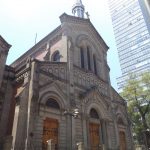
Cercano a 0.07 kms.
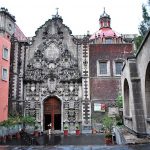
Cercano a 0.07 kms.

Cercano a 0.08 kms.

One of Avenida Madero's most famous corners . . .
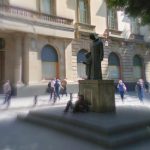
One of the unusually placid streets in the Historic Center . . .
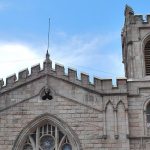
A historic Methodist church on the Avenida Balderas . . .
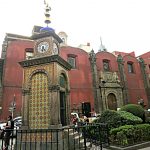
One of Mexico City's best known public plazas...